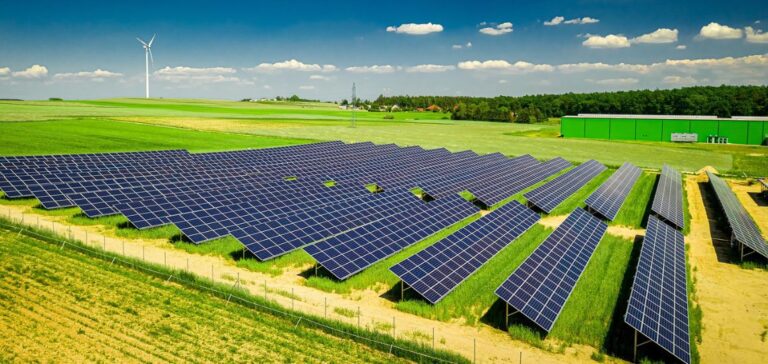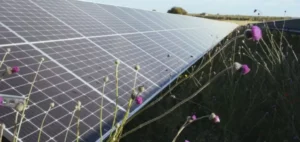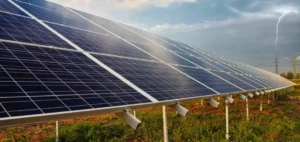During a visit to a photovoltaic park in Manosque, France, Bruno Le Maire, Minister of the Economy, revealed a “battle plan” to significantly boost the deployment of solar power in France. The announced objective is to increase from 3.2 GW added in 2023 to 6 GW of additional capacity per year by 2030, aiming to reach 75 GW by 2035. This initiative comes at a time when the majority of solar panels used in France are currently imported from Asia, mainly China.
Measures to boost local production
To reverse the trend of imports and encourage local production, Le Maire detailed several incentive measures. These measures include revising the eligibility criteria for solar panels in building tenders, favoring those with low carbon content. In addition, a low-carbon bonus will be introduced, and the new criteria of the European Net Zero Industry Act (NZIA) will be applied by the end of 2025. The aim is to produce 40% of photovoltaic panels locally by 2030. The Minister also announced the imminent publication of a decree on agrivoltaics, which will make it possible to combine agricultural and energy production. A call for expressions of interest to install solar panels on abandoned roads has also been launched, with the aim of optimizing the use of available land.
Government and industry initiatives
Accompanied by Roland Lescure, Minister Delegate for Industry and Energy, Le Maire highlighted this first visit on the theme of solar energy. Together, they introduced the “solar pact”, which aims to relocate the solar industry’s value chain in France and Europe. The pact includes commitments by the French government to support the development of solar power in France, and to tighten up the criteria for the carbon content of solar panels. The “Induscore”, similar to the Nutriscore for food, will evaluate panels on their European content, with grades from A to E. The best-rated panels will be those with at least four manufacturing stages carried out in the European Economic Area. The French government has already secured commitments from 29 players in the solar sector, including Neoen and SNCF. Players such as TotalEnergies, Engie and EDF have also been asked to join the pact. Two solar panel gigafactories are planned for Fos-sur-mer and Sarreguemines, with building permits currently being submitted, signifying a major step forward in the country’s solar industrial autonomy.
This plan reflects the French government’s commitment to transforming the energy landscape, supporting a transition towards greater sustainability and autonomy from Asian imports, while aiming for carbon neutrality by 2050.






















